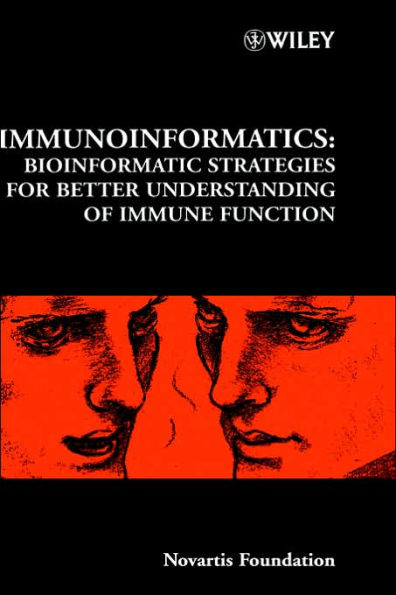5
1
9780470853566


Immunoinformatics: Bioinformatic Strategies for Better Understanding of Immune Function / Edition 1 available in Hardcover

Immunoinformatics: Bioinformatic Strategies for Better Understanding of Immune Function / Edition 1
- ISBN-10:
- 0470853565
- ISBN-13:
- 9780470853566
- Pub. Date:
- 11/21/2003
- Publisher:
- Wiley
211.95
In Stock

Product Details
| ISBN-13: | 9780470853566 |
|---|---|
| Publisher: | Wiley |
| Publication date: | 11/21/2003 |
| Series: | Novartis Foundation Symposia , #254 |
| Pages: | 272 |
| Product dimensions: | 6.28(w) x 9.53(h) x 0.68(d) |
About the Author
From the B&N Reads Blog
